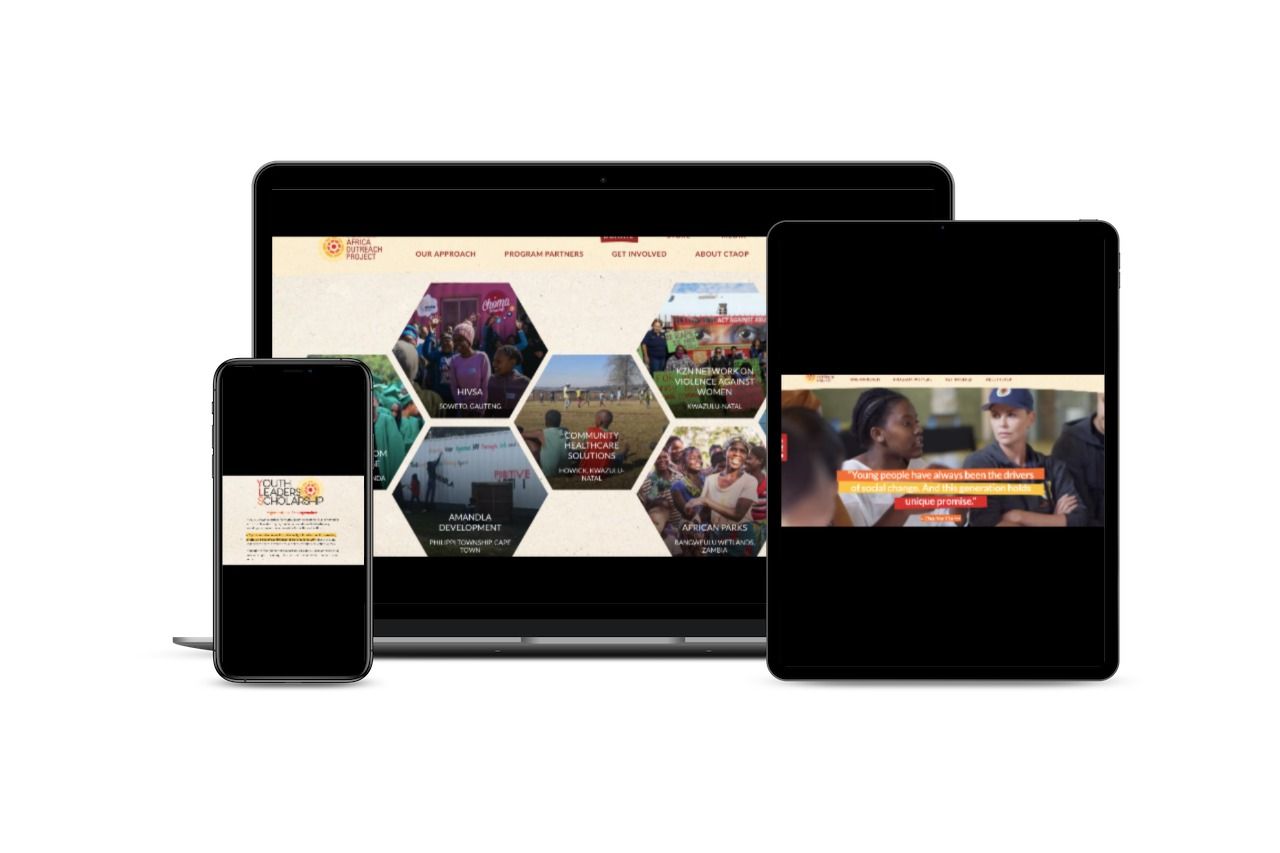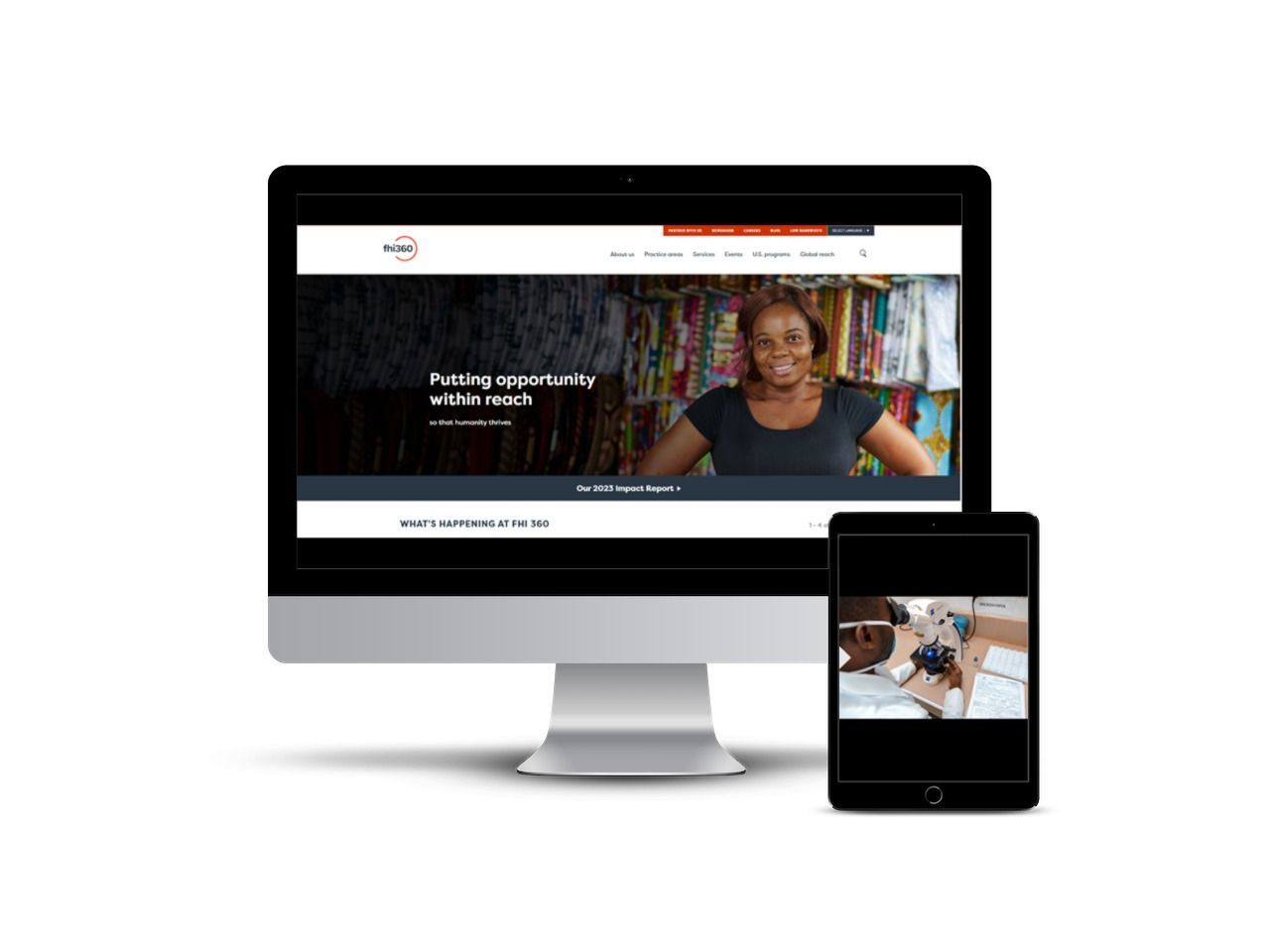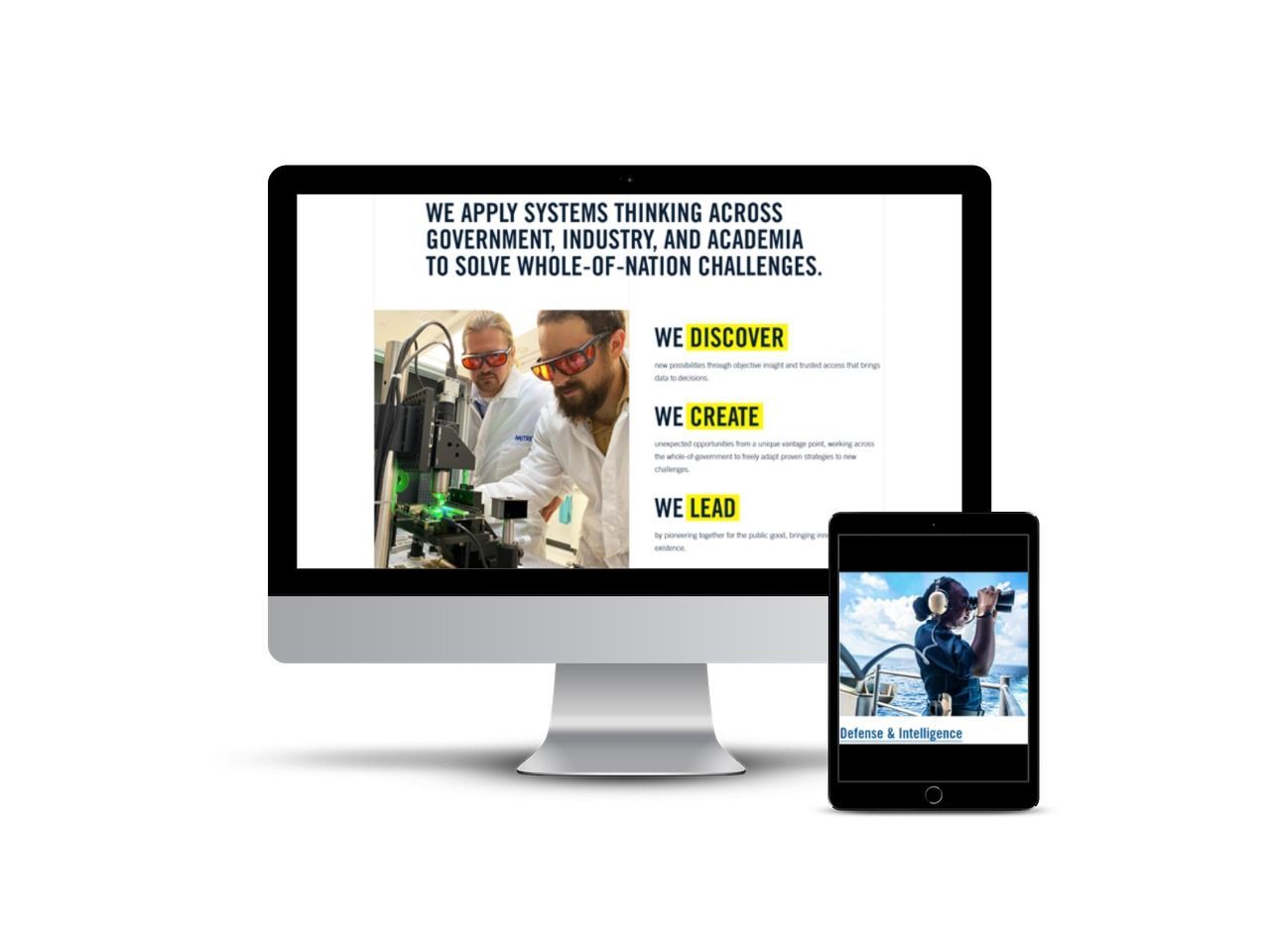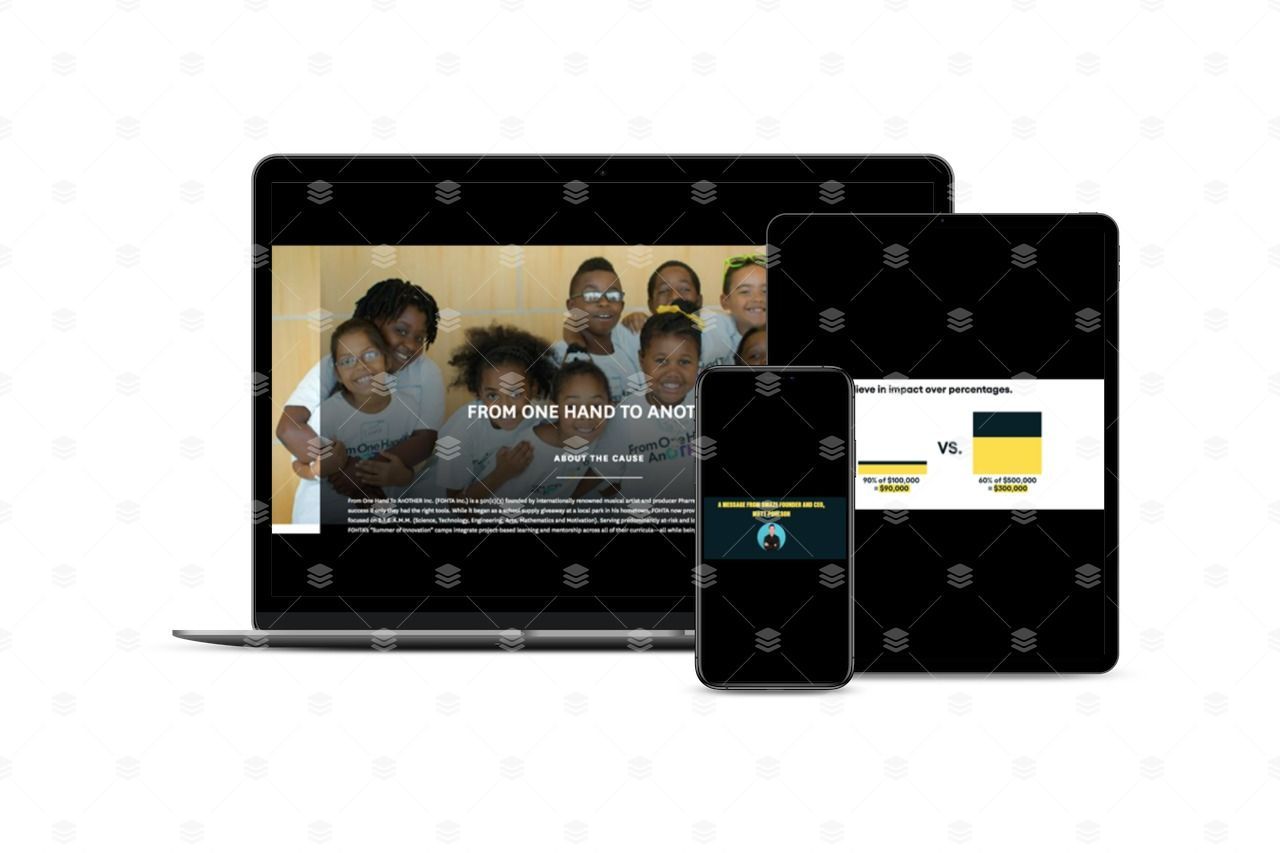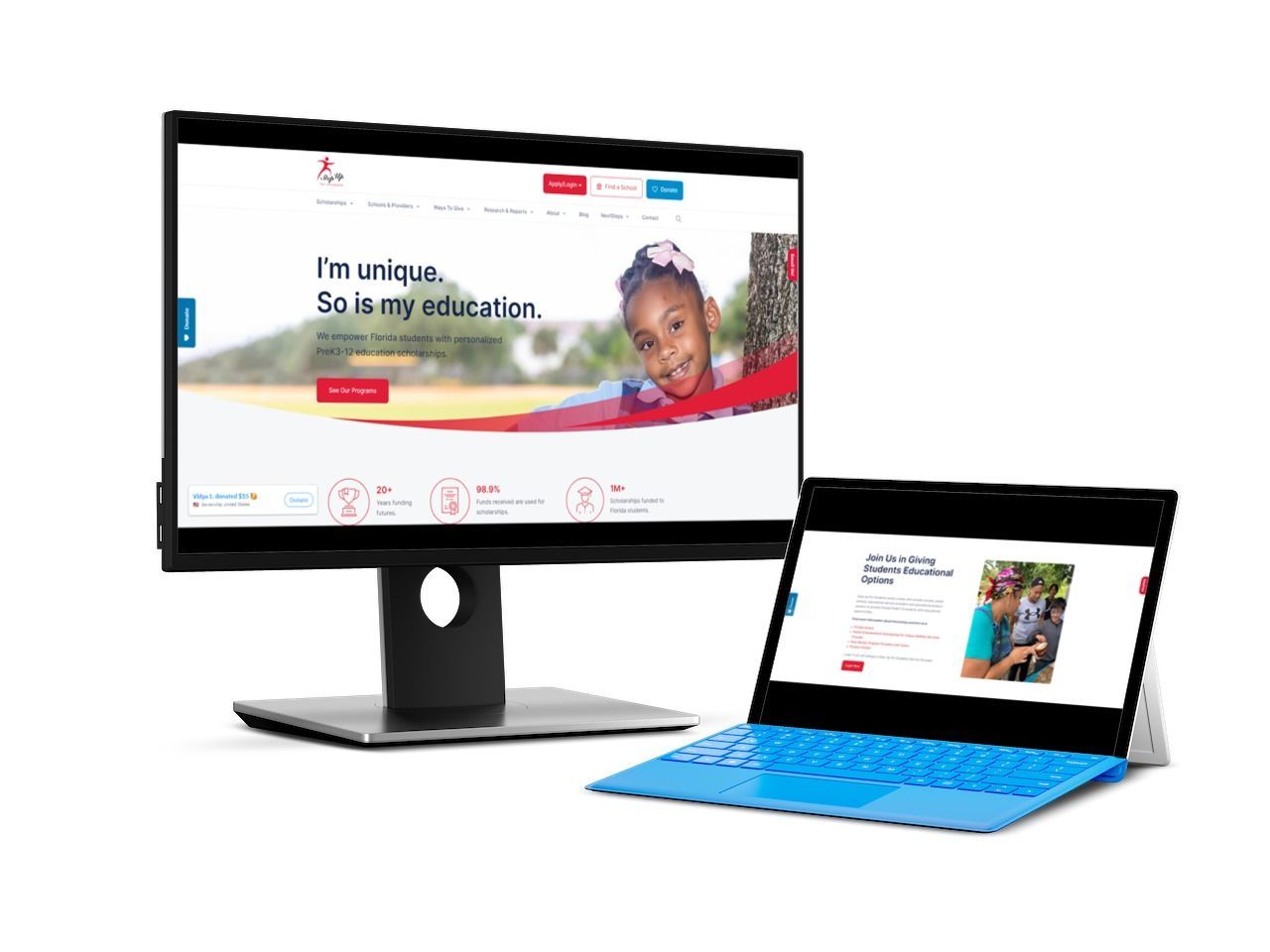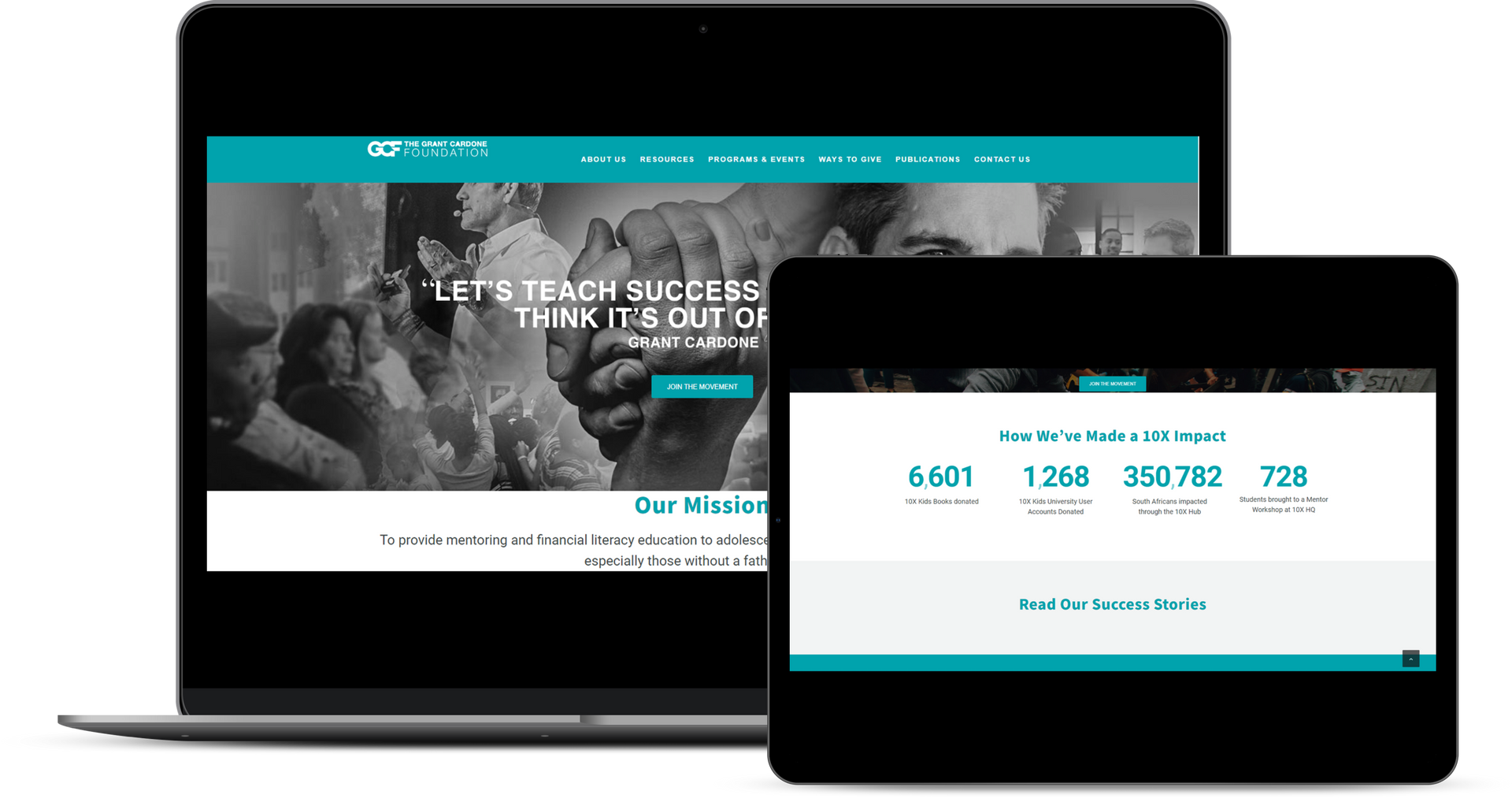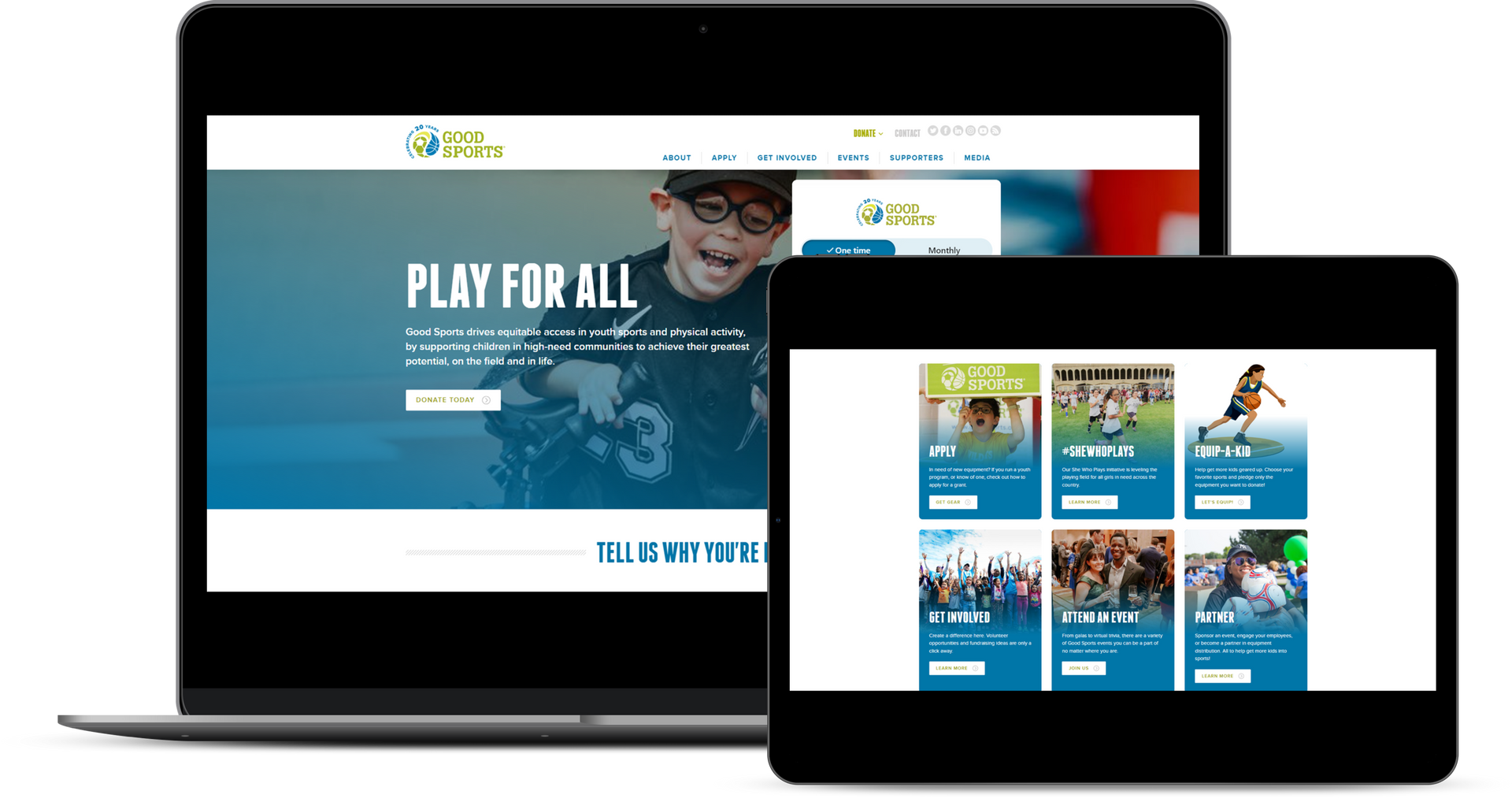Social Media Strategy for Nonprofits: How to Create a Winning Plan

If you'd like to learn more about starting a nonprofit check out our Nonprofit Launchpad by clicking the link below.

Step 1: Establish Goals
Click the button below to learn more about different software we recommend using for your nonprofit.
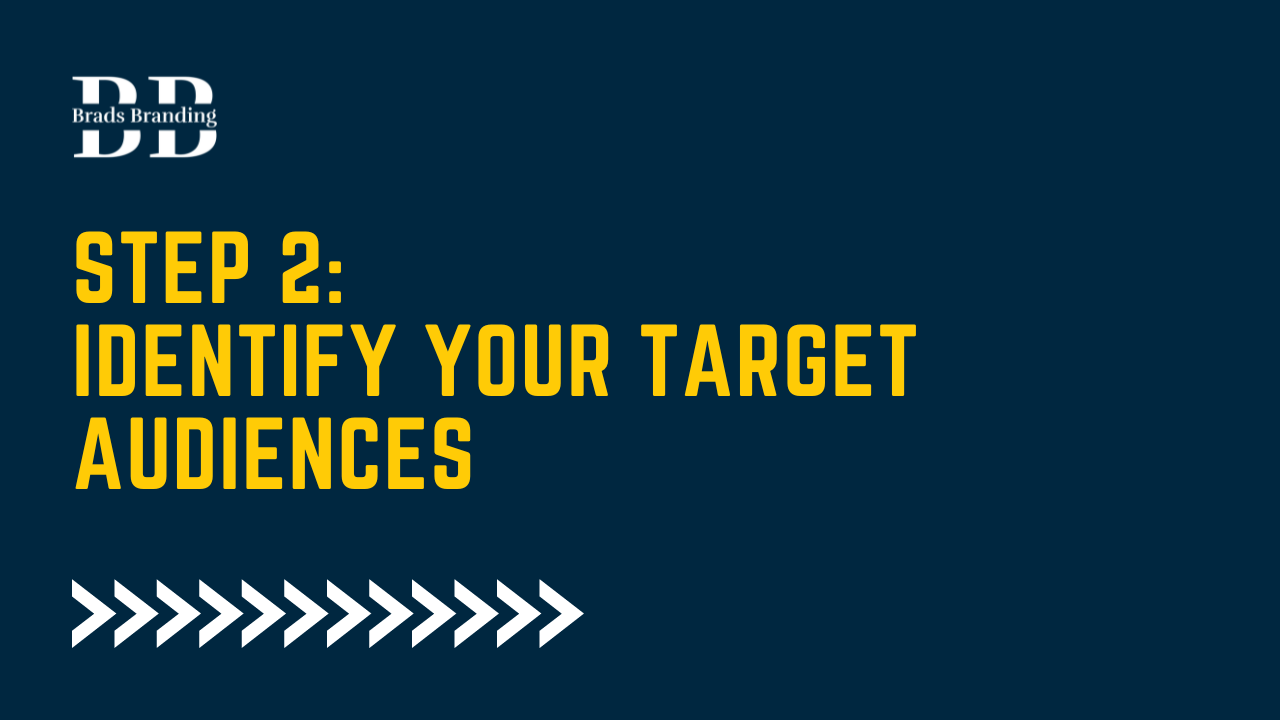
Step 2: Identify Your Target Audiences
As a nonprofit, you may have multiple target audiences, including donors, volunteers, clients, and corporate sponsors. Take the time to understand each audience's interests, demographics, and online behavior to create personas that reflect them. These personas can help you create content that appeals to each group and helps you build a relationship with them.
Click the button below to learn more about building your community and increasing engagement using Facebook Groups.

Step 3: Identify Content Categories
To identify the right content categories for your nonprofit, consider the interests of your target audience, their online behavior, and their stage in the donor journey. Ensure that you create a good mix of content categories to keep your social media channels fresh and engaging.

Step 4: Choose the Right Platforms
For example, Facebook is excellent for building a community and engaging with your supporters. Twitter is ideal for sharing news and updates in real-time. Instagram is great for visual storytelling and reaching a younger audience. LinkedIn is perfect for reaching corporate sponsors and building professional connections.
If you'd like to learn from our experienced coaches how to do this properly and get the most from your nonprofit click the link below to learn more about our nonprofit accelerator program.

Step 5: Create a Content Calendar
Your content calendar should include the content categories you have identified, the platforms you will use, the dates and times of your posts, and the team members responsible for creating and publishing each post.
Get our free Nonprofit content calendar and planner by clicking the link below.
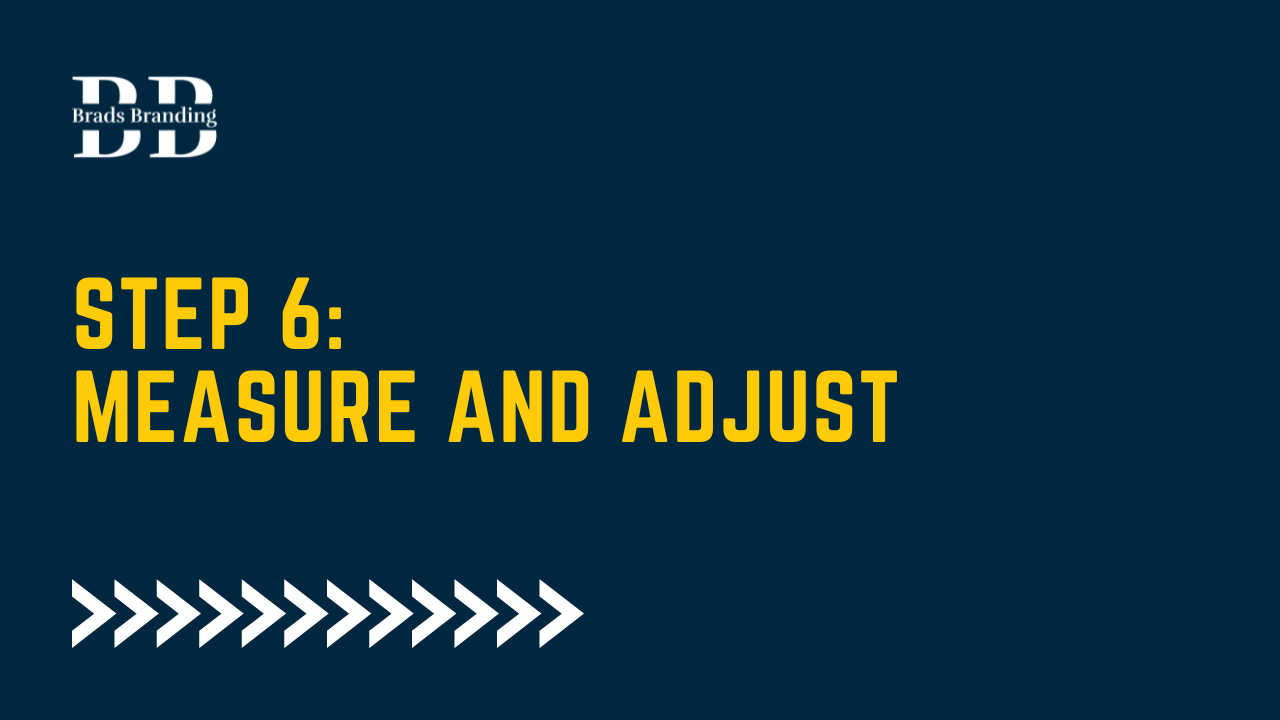
Step 6: Measure and Adjust
Metrics you can track include engagement rates, reach, website traffic, and donations received through social media channels. Use this data to adjust your content categories, posting times, and social media platforms to optimize your social media strategy continually.
Creating a successful social media strategy for your nonprofit takes time, effort, and patience.
Featured Nonprofits
donate today
Invest Directly to this Nonprofit
Thank you for taking the first step towards transformative giving. Your decision to donate to PayLenté's Social Media Strategy for Nonprofits: How to Create a Winning Plan. We appreciate your generosity and look forward to sharing more about how your contribution will drive growth, support nonprofits, and provide you with meaningful tax benefits. Your impact starts now, and we'll be in touch shortly to provide you with the information you need to embark on this remarkable journey.


